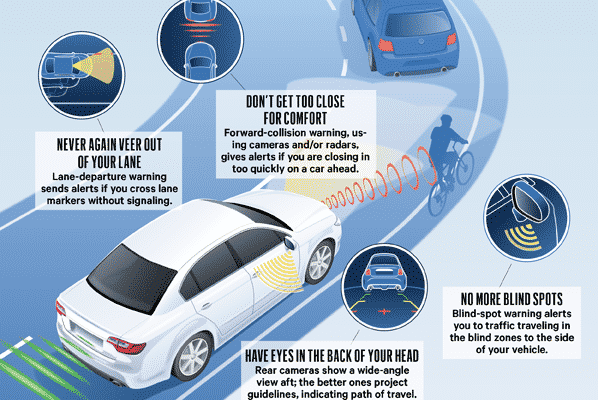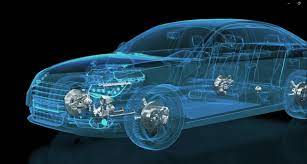
Sure, here are some safety features that can be implemented in a variety of settings:
- Emergency stop buttons: These buttons can be used to quickly shut down a machine or process in the event of an emergency. They should be clearly visible and easy to reach, and they should be labeled with the words “Emergency Stop” or “E-Stop.”
- Guardrails: Guardrails are used to prevent people from falling from heights or being struck by moving objects. They should be installed around all areas where there is a risk of falls or collisions.
- Personal protective equipment (PPE): PPE, such as hard hats, safety glasses, and gloves, can help to protect workers from hazards. It is important to wear the appropriate PPE for the job at hand.
- Lockout/tagout procedures: Lockout/tagout procedures are used to prevent machines and equipment from being started up while they are being worked on. This helps to prevent workers from being injured by unexpected startup.
- Fire suppression systems: Fire suppression systems, such as sprinklers and fire extinguishers, can help to prevent fires from spreading and causing damage. They should be installed in all areas where there is a risk of fire.
- Emergency lighting: Emergency lighting is used to provide light in the event of a power outage. It is important to have emergency lighting in all areas where people may need to evacuate in the dark.
- Evacuation procedures: Evacuation procedures should be in place in case of an emergency. These procedures should outline how people should evacuate the building or area in a safe and orderly manner.
By implementing these safety features, businesses and organizations can help to protect their employees and customers from harm.
In addition to the general safety features listed above, there are also a number of specific safety features that can be implemented in different settings. For example, in the workplace, there are safety features that can be implemented to protect workers from hazards such as falls, electrical shocks, and chemical exposure. In the home, there are safety features that can be implemented to protect children from hazards such as choking, fires, and drowning. And in public places, there are safety features that can be implemented to protect people from hazards such as terrorism, violence, and natural disasters.
The specific safety features that are needed will vary depending on the specific risks involved. However, by taking the time to identify and implement the appropriate safety features, businesses, organizations, and individuals can help to create a safer environment for everyone.
Here are some additional tips for improving safety in your workplace or home:
- Train employees or family members on how to use safety equipment and procedures.
- Inspect safety equipment regularly to make sure it is in good working order.
- Create a culture of safety in your workplace or home by emphasizing the importance of safety and by rewarding safe behavior.
- Be proactive in identifying and addressing potential hazards.
- Don’t take shortcuts when it comes to safety.
By following these tips, you can help to create a safer environment for everyone.


